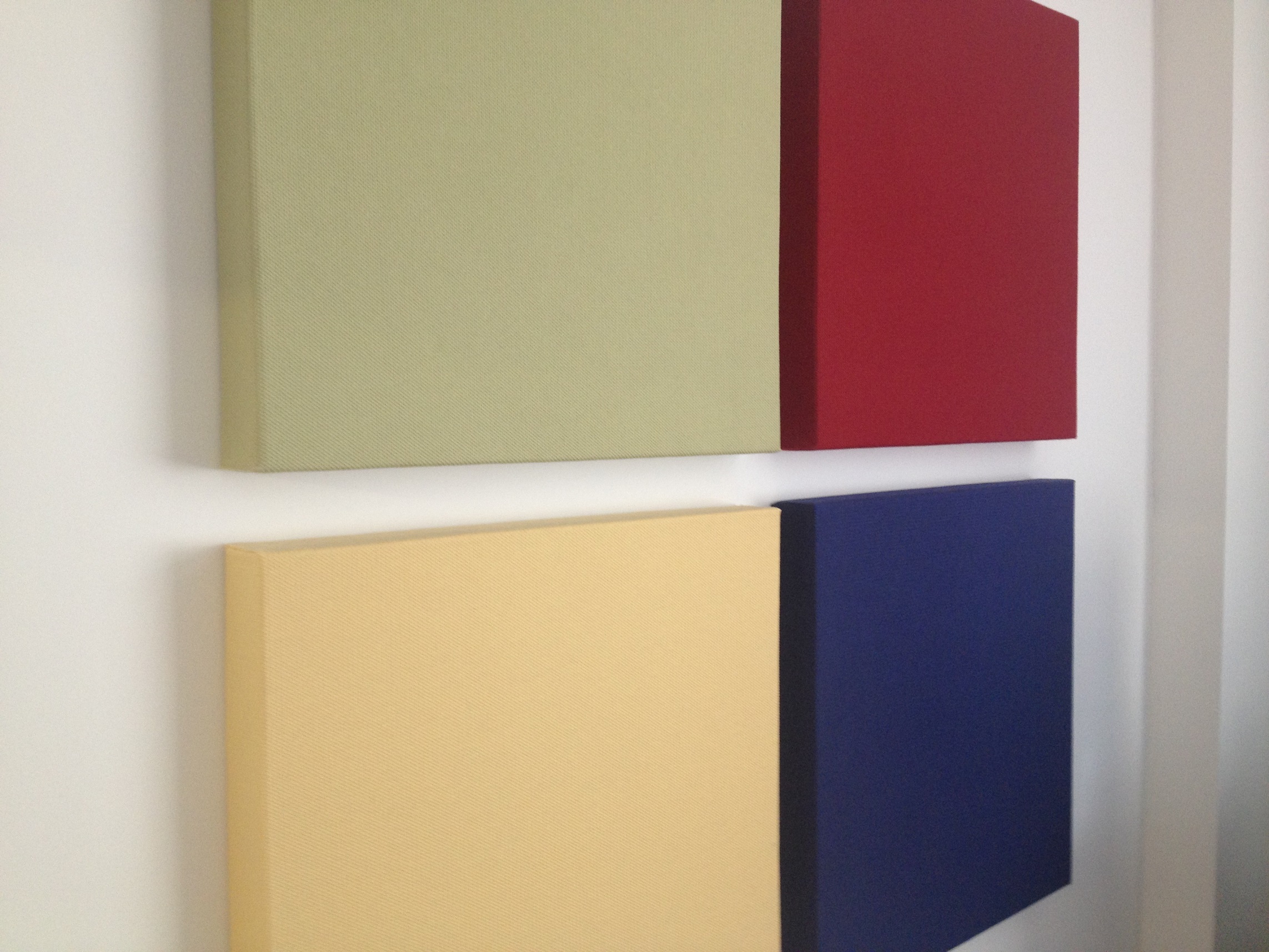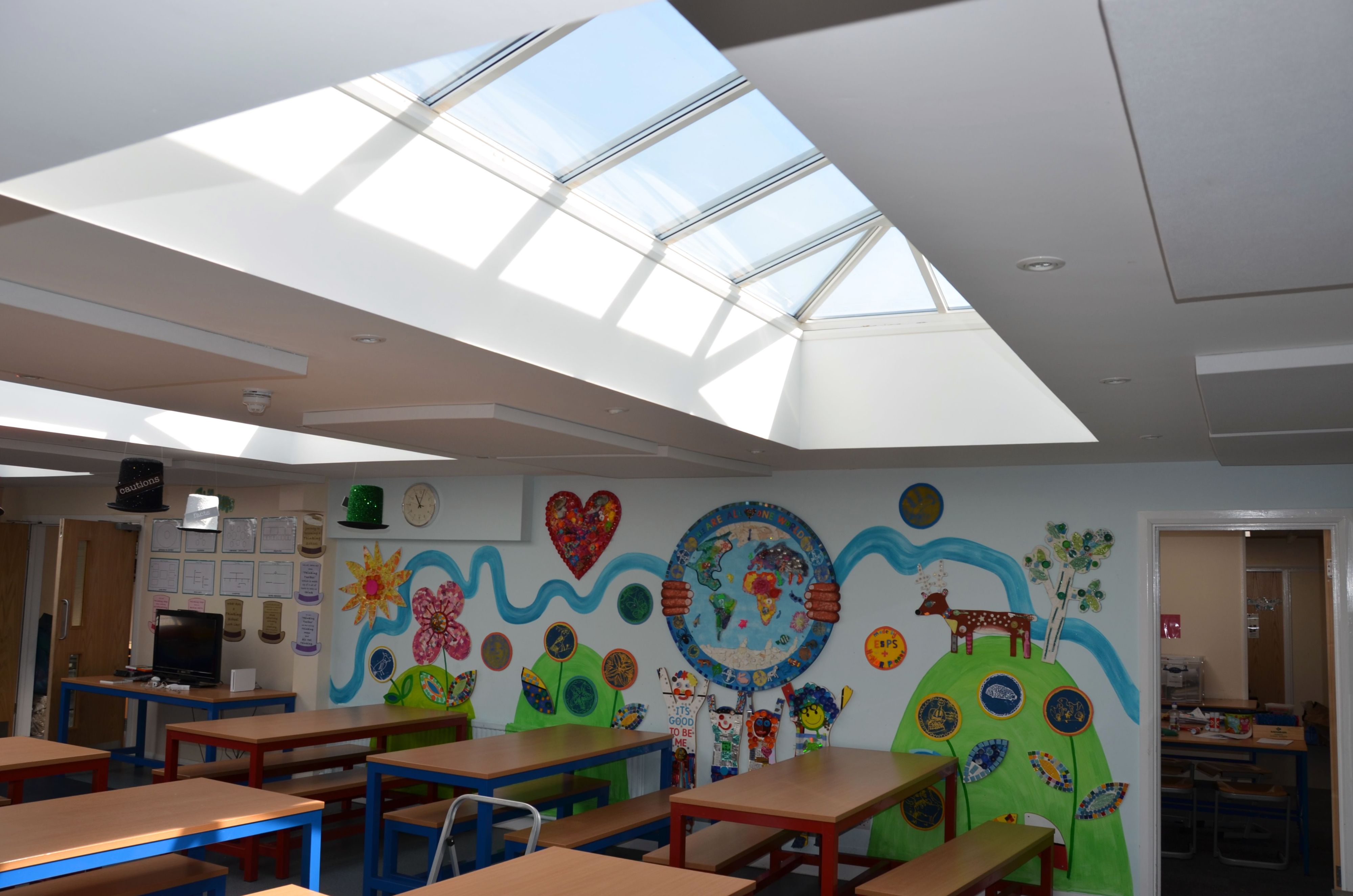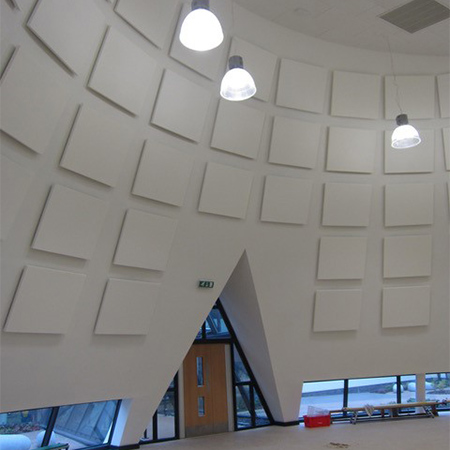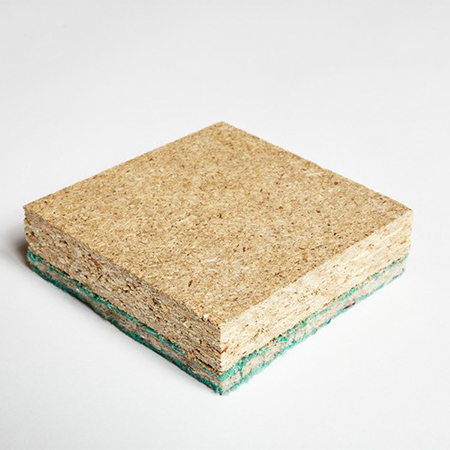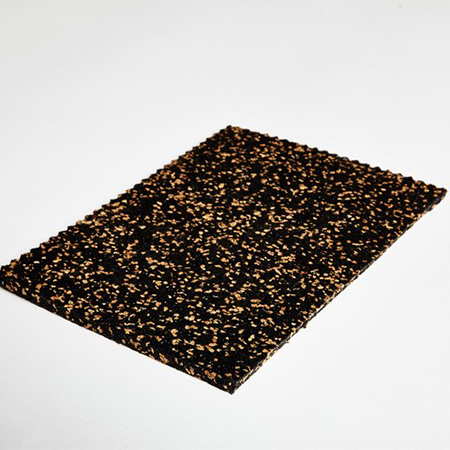Reverberation is the most common reason why classrooms, sports halls, communal spaces and other types of teaching areas become unbearably noisy to the point where it affects the ability of teachers to teach, and students’ ability to learn.
This acoustic issue – also referred to as background noise or ambient noise – is caused by soundwaves, which result from people talking, furniture being moved, music, etc., bouncing off hard surfaces such as plastered walls and wooden floors back into the room. The result is excessive noise that makes it difficult for teachers, staff and students to hear what is being said.
And it is a growing problem as softer materials such as curtains and carpets, which help to absorb soundwaves and prevent them bouncing back, have fallen out of favour. Schools and colleges are more likely to choose materials like blinds and laminates due to their extra durability and lower maintenance requirements in order to maximise precious budget.
There is a solution, however, where an educational space is affected by reverberation with sound absorber panels. Strategically mounted on walls or ceilings, these panels are designed to reduce the extent of hard surfaces in the room and be effective at absorbing sound waves thanks to a thick acoustic foam used in the core material.
But where do you begin on the journey of using sound absorber panels to solve reverberation problems?
As every educational building will be different, such as the room dimensions, number of students who use the room, the purpose of the room and the materials which have been used in its construction and interior fit-out, it is vital to conduct a comprehensive survey.
Hush Acoustics, who work with schools, colleges and universities across the UK to improve the acoustic comfort in teaching rooms and communal spaces, adopts a five-step process:
1. Site visit to see the affected spaces
Firstly, Hush Acoustics visit the school, college or university to experience the affected space for ourselves. There is no better way to develop an awareness of the situation than by being in the room, enabling an assessment of how a solution could shape-up given the size and layout of the space.
2. Measurements
As the width, length and height of the room will determine the form of the absorber panel solution, Hush Acoustics take measurements of the areas to enable them to calculate where the panels could be installed to have the most impact.
3. Produce a detailed acoustic report
After all the information has been gathered, the Hush Acoustics team are able to write a report explaining the solution needed. It shows, through calculated reverberation times, how much of a difference the panels would make. The reverberation times are always calculated in line with BB93 guidance.
4. Tender and contract award
In line with all public procurement, Hush Acoustics will then submit a competitive tender for the proposed works and if this is successful, then agreement on contract terms can commence.
5. Installation
The final stage is for Hush Acoustics to manufacture the required absorber panels and schedule installation in the affected areas. One of the key benefits of this acoustic treatment is the speed of installation, which Hush takes full care of using its experienced fitters. A standard classroom can be out of action for a couple of hours to minimise disruption to teaching, but work is usually undertaken during school holidays or at weekends to prevent the need for temporary closure in term time.
Safe, dependable and long term solution
The absorber panels provided by Hush Acoustics are designed to provide a lasting solution. Hush Absorber 50 is commonly used, featuring a specially formulated 50mm thick acoustic foam with hand finished interior fabric applied to the face, edges and back return.
It is a Class A Acoustic Performance product and designed to fit on any alignment and angles including slopes and ceilings in both portrait and landscape. It is also available with an optional Class 1 to Class 0 flame retardant fabric.
An acoustic survey can be arranged online using Hush Acoustics’ acoustic estimator tool with a few basic details about the affected space.
Access the acoustic estimator at www.hushacoustics.co.uk/acoustic-estimator
Find out more about Hush absorber panels and the complete sound insulation solutions range at www.hushacoustics.co.uk or call 0114 551 8689.
The Five Step Process to Solve Reverberation Issues in Schools
| T | 0151 933 2026 |
|---|---|
| E | info@hushacoustics.co.uk |
| W | Visit Hush Acoustics' website |
| Unit 2, Tinsley Industrial Estate, Shepcote Way, Sheffield, S9 1TH |
Products by this Company


